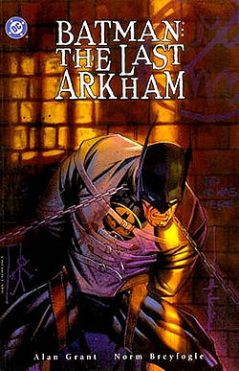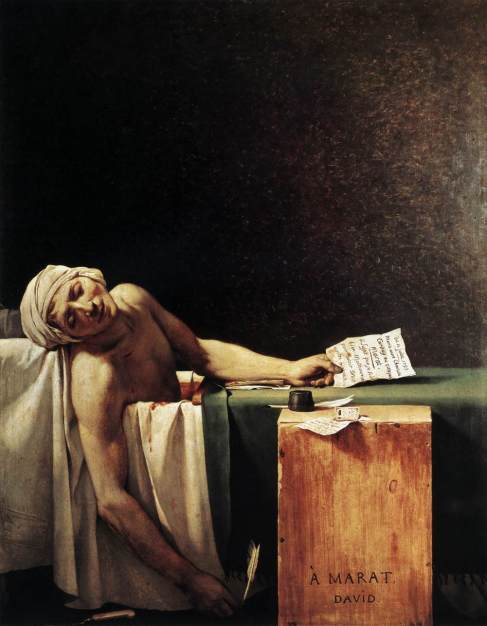I’m trying to put together a list of things not to do when writing undergrad essays. I want a handout that will address some of the most common problems I’ve encountered when marking, to try to stop them before they start. As long as the students read them, of course.
Let me know what you think about them, and please add your own suggestions in the comments.
Writing a successful essay – some don’ts
Keep these things in mind while writing. If you find yourself doing one of them, stop, back up, and re-focus.
1) Don’t give pointless biographical detail.
I honestly don’t care that Brecht was “born on the 10th of February 1898 to a devout Protestant mother and a Catholic father.” I can read Wikipedia. You’re supposed to be analyzing a specific aspect of the topic – it’s very unlikely that a practitioner’s date of birth is relevant.
Think: Does the information you’re giving address the question? Why is it important? What point are you making? Does the information help you make it?
2) Don’t tell me that something was ‘unique’ or ‘controversial’.
Or ‘groundbreaking’ or ‘important’ or ‘interesting’ or, to be honest, any adjective. Again, I don’t care. It’s not interesting. It doesn’t add to the argument.
If something was controversial, ask why. Who was objecting? What were they objecting to? Did they have a political or personal reason for objecting? Do the answers to these questions have a bearing on the question?
Ditto for other adjectives – why are you using that word? What elements of the thing are you describing? How is the effect produced? How does this answer the essay question?
3) Don’t write without a plan.
If you’ve got a paragraph about elephants, followed by one on mime, followed by one on puppetry, I’ll assume you’re writing nonsense on purpose.
You should be making one main point per paragraph, and thinking about the following questions:
What relation does one paragraph have to the other? How is each related to the question? How is the link related to the question?
4) Don’t make a point without evidence.
It’s easy to say ‘Artaud believed that the sky was going to fall on him’, or ‘In Hamlet, Shakespeare is exploring madness’. But you could equally say ‘Sophocles wrote plays about the rise of Hitler’. Without a specific reference to the text, or to some kind of source, you can’t prove that what you’re saying is true.
Use the structure point, quote, comment – know what specific thing you want to say, the evidence you’re using to demonstrate it, and how it relates to the question. If your paragraph doesn’t have any citations in it, it’s probably not detailed enough.
5) Don’t refer to authors or performers by their first name.
Do you regularly go for drinks with ‘Marina’? Is ‘Will’ your housemate? No? Then call them ‘Abramovic’ or ‘Shakespeare’!
6) Don’t cite Wikipedia, the Poetry Foundation, Ask.com or any other public website. (Unless it’s a review, or a news story you’re using specifically for the spin it’s using. And even then, probably don’t).
Also, don’t paraphrase them and hope I won’t notice. I probably will, and even if I don’t your essay will be worse for it.
Academic books and journal articles have been reviewed by other academics, to make sure that they’re accurate, and that they’re saying something new. If you cite them, you know your information’s accurate and (as long as you’ve done your research properly) relevant.
Using a public websites would be the equivalent of David Cameron using ‘my dad said…’ as an argument in parliament. Just don’t do it. Not even once.
7) Don’t end your essay with general comments about how great the play, or practitioner, you’re discussing was.
The question isn’t ‘Were you really inspired by Stanislavsky?’ or ‘Is Brecht one of the most influential and innovative writers in the modern period?’ Your conclusion should make it clear what your answer to the question is, and how your essay has demonstrated that answer.
8) Don’t use filler phrases.
‘It can be argued’, ‘it seems’, ‘many have observed’, ‘some may argue’, ‘it is said to be’, ‘I believe’, ‘I think’.
On their own, these just make it sound like you don’t know what you’re talking about. Be specific about who has said something, why they’ve said that, how it relates to your argument, and what evidence you’re using.




